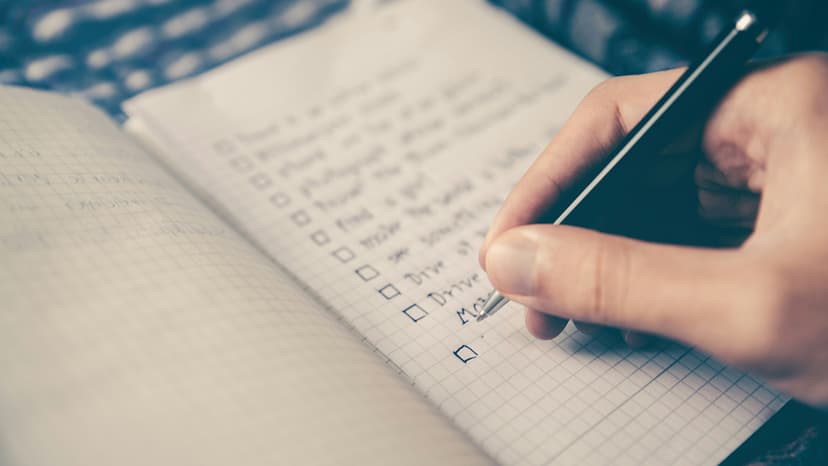How Does the While Loop Work in JavaScript and When Should You Use It?
A while loop is one of the basic control structures in JavaScript that lets you repeat code as long as a specific condition stays true. This loop type helps you write less code and make your programs more efficient.
Basic Structure of a While Loop
The while loop follows a simple pattern. It starts with the keyword 'while' followed by a condition in parentheses. The code block you want to repeat goes inside curly braces. Here's what it looks like:
Javascript
The condition is checked before each loop run. If it's true, the code inside runs again. If it's false, the loop stops and the program moves to the next section.
When to Choose a While Loop
You should pick a while loop when you don't know exactly how many times you need to repeat something. For example, when you're:
- Processing user input until they enter valid data
- Reading files until reaching the end
- Running a game until the player loses
- Searching through data until finding a specific value
Real-World Examples
Let's look at some practical uses of while loops. Here's a simple countdown timer:
Javascript
Another common use is getting valid input from users:
Javascript
Common Mistakes and How to Fix Them
The biggest risk with while loops is creating an infinite loop. This happens when the condition never becomes false. Your program will get stuck and might crash the browser. Here's what can cause this:
- Forgetting to update the condition variable
- Using the wrong comparison operator
- Setting incorrect condition logic
To avoid infinite loops, make sure you:
- Always update your condition variable inside the loop
- Double-check your comparison operators
- Test your loop with different values
While Loop vs Do...While Loop
JavaScript also offers a variation called the do...while loop. The main difference is when the condition gets checked. A while loop checks the condition first, then runs the code. A do...while loop runs the code once, then checks the condition.
Javascript
Performance Tips
While loops can affect your program's performance if not used correctly. Here are some tips to make them more efficient:
- Keep the condition simple
- Avoid heavy calculations inside the loop
- Don't modify the loop variable in multiple places
- Use break statements when needed to exit early
Best Practices
Write better while loops following these guidelines:
- Use clear variable names for your condition
- Add comments to explain complex loop logic
- Keep your loop body focused on one task
- Consider using a for loop if you know the exact number of iterations
- Test your loops with edge cases
Creating effective while loops takes practice. Start with simple examples and gradually work up to more complex uses. The key is making sure your condition will eventually become false and your code inside the loop moves toward that goal.
This basic control structure becomes a powerful tool when you need to repeat actions based on changing conditions. Whether you're processing data, creating games, or handling user input, the while loop helps you write cleaner and more efficient code.












